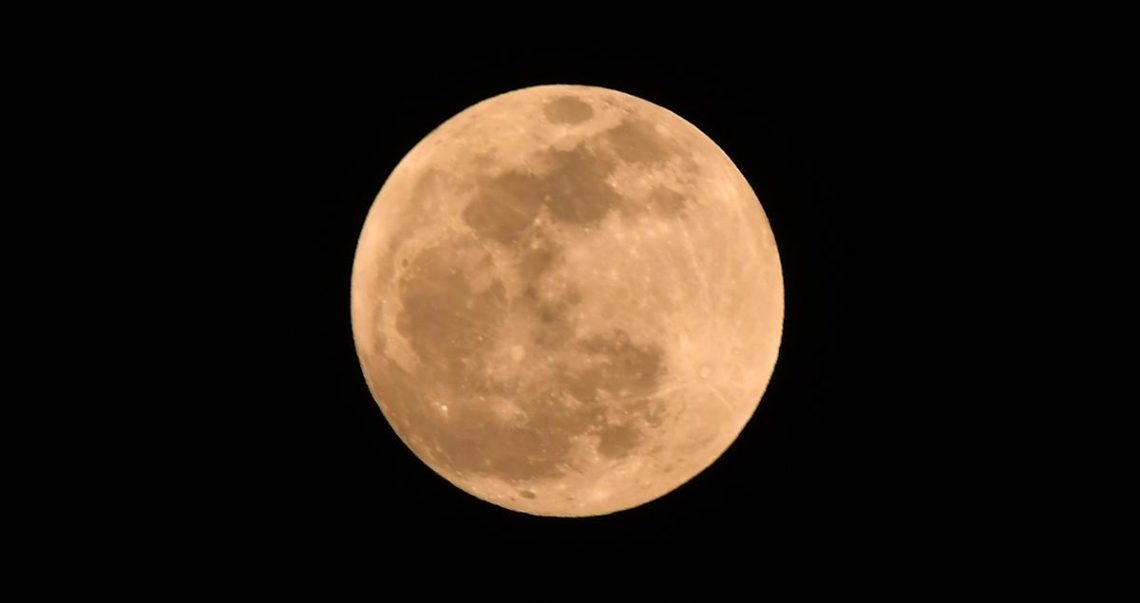Skygazers will be able to enjoy spring’s first full moon — known as a “pink moon” — across the world starting tomorrow. And for some, it is imbued with religious significance.
Here’s when and how to see it:
When will it appear?
The pink moon will peak on Saturday, April 12, at 8:22 p.m. ET — or at 00:22 Greenwich Mean Time (GMT) on April 13.
The Old Farmer’s Almanac also provides a moonrise calculator based on your location.
Will the moon appear pink?
While April’s full moon is called a pink moon, it won’t actually be pink (womp, womp). It gets its name from the pink wildflowers that are the earliest to bloom in spring in parts of North America, known as creeping phlox, according to the Old Farmer’s Almanac.
What is the religious significance of pink moon this year?
The first full moon that appears on or after the spring equinox is also known as the paschal moon and is used to determine the date of Easter.
The Christian holiday falls on the first Sunday following the first full moon in spring. Because the full moon will appear either on April 12 or 13 depending on where you are located around the world, Easter will instead fall on April 20 this year because it’s the first Sunday after the full moon. It also explains why the Christian holiday falls so late in 2025.
The first full moon in spring also coincides with the start of the Jewish holiday Passover, which falls on April 12 this year.
What are the phases of the moon?
The moon’s cycle lasts for 29.5 days and goes through eight phases during that time: new moon, waxing crescent, first quarter, waxing gibbous, full moon, waning gibbous, third quarter and waning crescent.
The pink moon will also be considered a “micromoon,” designated as such when the moon is the farthest distance away from Earth. It’s the exact opposite of a “supermoon,” which occurs when the moon is the closest distance from Earth.
Where can I get the best view of the pink moon?
An open field or elevated locations with an unobstructed view facing the eastern horizon are the best spots for viewing the moon as it rises. Skygazers will be able to see the full moon with the naked eye, but binoculars or a telescope will allow them to see the details of the lunar surface.
The post Tomorrow’s full moon is called the ‘pink moon.’ Why’s it called that? Here’s when it will light up the night sky. appeared first on Yahoo News.




